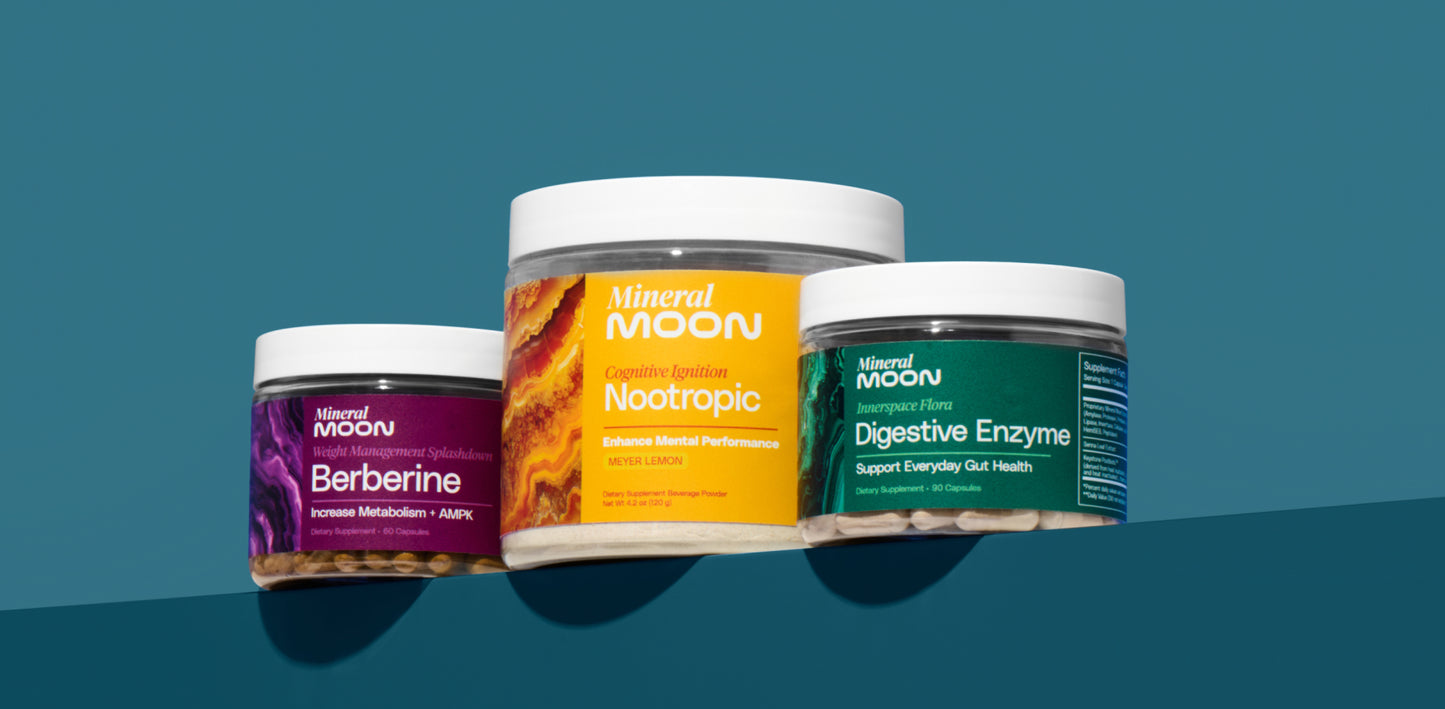When you think of menopause symptoms, hot flashes, night sweats, and mood swings are often the first things that come to mind. But for many, the most surprising part of the journey isn't just emotional or hormonal—it's physical. Weight gain. Stiff joints. A sudden, mysterious shoulder pain. A changing relationship with your body that leaves you asking: What’s going on?
Let’s talk about it.
The Physical Reality of Menopause
Menopause isn’t just a moment—it’s a process. Most people begin experiencing perimenopause symptoms in their early to mid-40s, though perimenopause can start as early as your 30s. This stage, which can last for several years, is when hormone levels (primarily estrogen and progesterone) begin to fluctuate. The average age of menopause is around 51, but early menopause can occur even earlier due to genetics, medical conditions, or lifestyle factors.
As hormone levels shift, your body adapts. And while these changes are totally natural, they can catch you off guard, especially if no one prepared you for them. Which, let’s be honest, Menopause is pretty taboo! Mineral Moon is here to change that. Let’s talk:
Common Physical Changes During Perimenopause and Menopause
1. Menopause Weight Gain
A slower metabolism and changes in hormone levels often lead to weight gain, particularly around the abdomen (hello, menopause belly). Even if your diet and routine haven’t changed, your body may start storing fat differently.
2. Muscle Loss + Joint Stiffness
Loss of estrogen contributes to decreased muscle mass and flexibility, leading to achy joints or conditions like frozen shoulder menopause—a painful stiffness and limited range of motion in the shoulder that can last for months.
3. Breast Tenderness & Body Sensitivity
Breast tenderness menopause is a lesser-known but very real symptom. Your breasts may feel swollen or painful, and your skin may be more sensitive overall.
4. Fatigue & Decreased Recovery Time
Your energy levels may take a dip, making it harder to recover from workouts or stay consistent with your normal fitness routine.
Why Movement Matters—But Looks Different Now
As your body changes, so should your approach to exercise. This isn’t about pushing harder or shrinking yourself—it’s about moving in a way that supports your bone density, muscle tone, and overall mood, while being gentle on your joints.
Here are a few types of movement that support the menopausal body:
✔ Strength Training
Building and maintaining muscle mass helps boost metabolism, supports joint function, and can help minimize menopause weight gain. Focus on compound movements and bodyweight exercises—no need to max out.
✔ Low-Impact Cardio
Walking, cycling, or swimming can support heart health and energy levels without over stressing your joints.
✔ Mobility Work & Stretching
Daily stretching, foam rolling, or yoga can help relieve stiffness and reduce the risk of injuries like frozen shoulder.
✔ Pelvic Floor & Core Support
Core strength becomes especially important during this phase. Simple exercises like bridges, bird-dogs, and breathing work can do wonders.
Nutrition, Supplements, and Natural Support
Your workout plan is only one part of the puzzle. A supportive menopause diet rich in whole foods, lean protein, healthy fats, and calcium can help regulate weight, energy, and mood.
Targeted menopause supplements—like Mineral Moon’s Menopause Support—can help address the root causes of symptoms. Here’s how our hormone-free formula works with your body:
🌿 Cynanchum Wilfordii
Used in traditional Korean medicine, this climbing vine helps regulate estrogen activity, easing disruptive symptoms like hot flashes, night sweats, and insomnia—without hormone replacement therapy.
🌿 Phlomis Umbrosa
Often used to support joint and nerve health, this sage-like herb can reduce menopause-related joint pain, skin sensitivity, and conditions like frozen shoulder menopause.
🌿 Angelica Gigas
An adaptogenic root that helps stabilize estrogen levels and support restful sleep, vaginal health, and emotional balance.
🌿 Shoden® Ashwagandha
A clinically tested extract that supports mood, mental clarity, and sustained energy. It’s especially helpful for combating fatigue, brain fog, and irritability—hallmark symptoms of both perimenopause and menopause.
Together, these ingredients offer gentle, natural menopause support that helps you feel like yourself again—without hormones or harsh side effects.
Listen to Your Body—It’s Changing, Not Failing
You’re not doing anything wrong. In fact, your body is doing exactly what it’s supposed to—it’s evolving. Understanding the signs of menopause, honoring your needs, and finding tools to support you can help you feel strong and grounded in every phase.
So if you’re asking yourself things like "What age does menopause start?", "How long does menopause last?", or "What’s the difference between perimenopause vs menopause?"—know this: there’s no single path. But there is support.
Feel empowered in every phase of menopause.
Explore Mineral Moon’s plant-powered Menopause Support Supplement, a hormone-free way to ease symptoms and reconnect with your body, your way.





